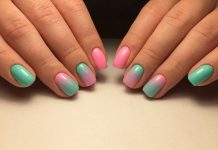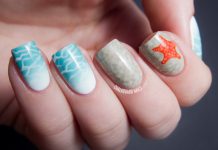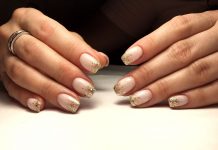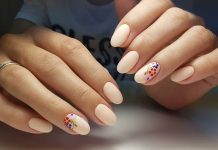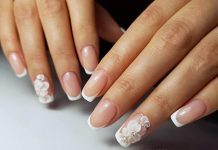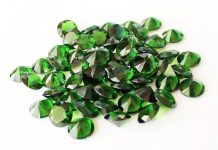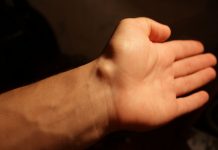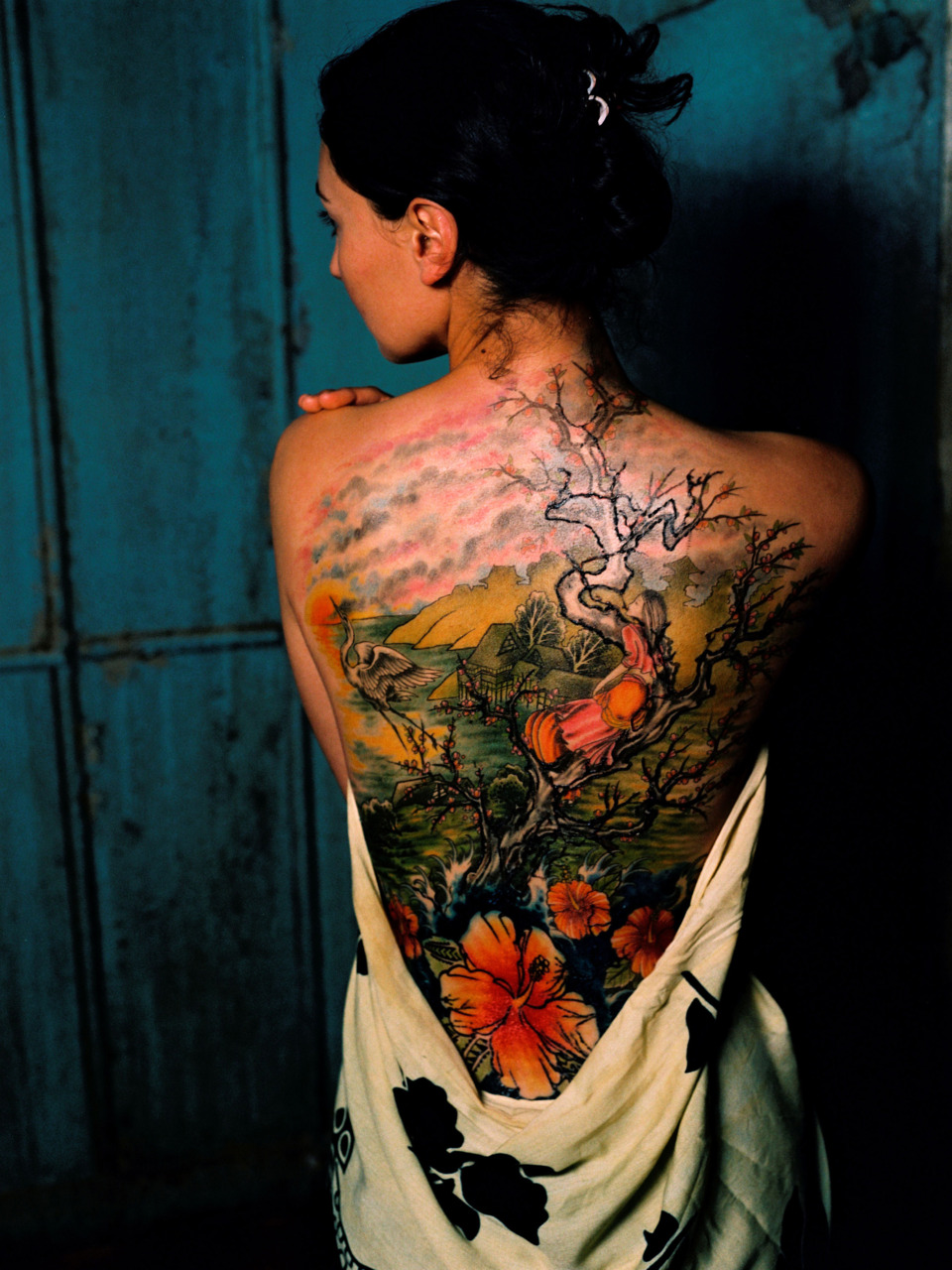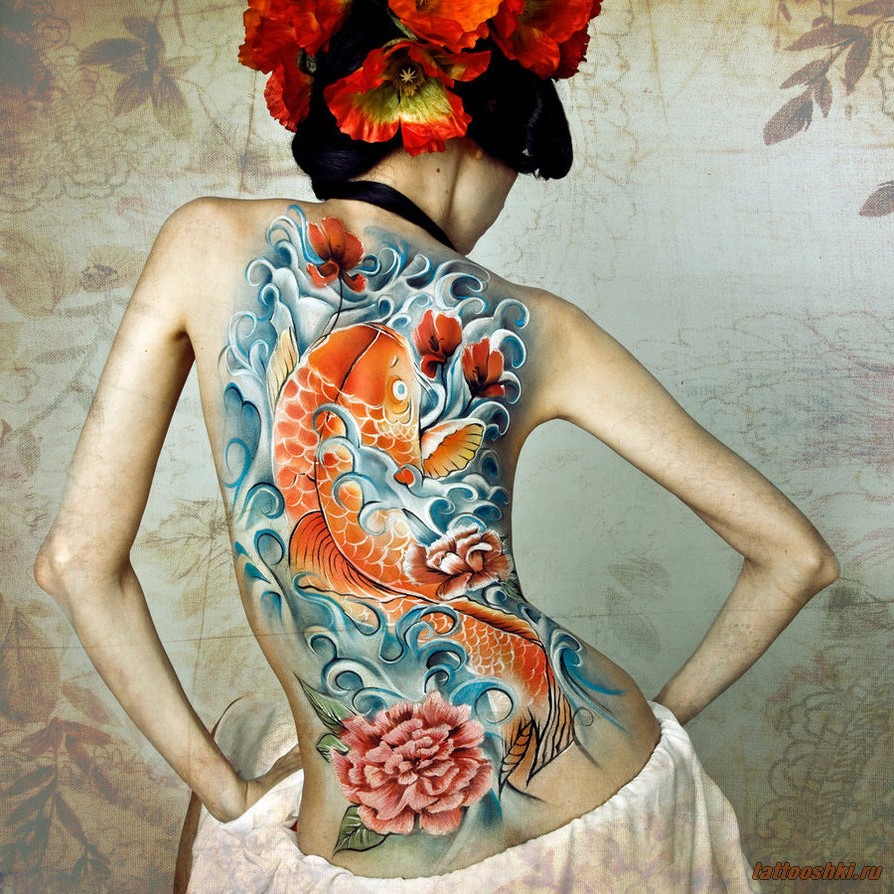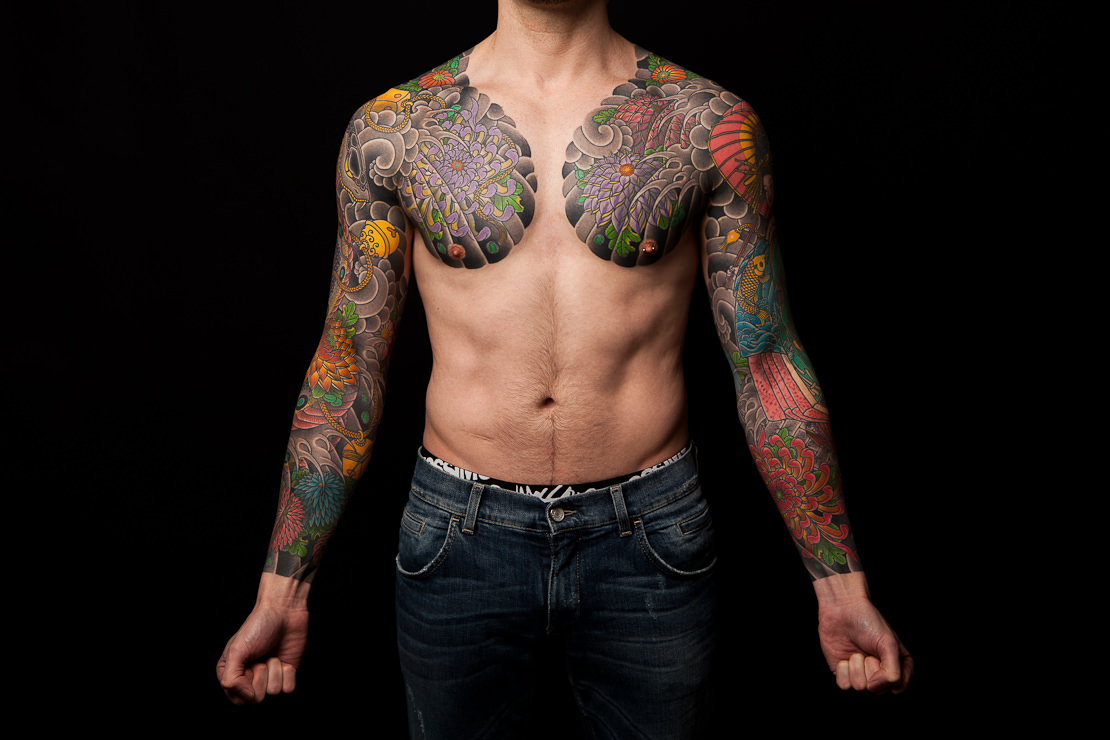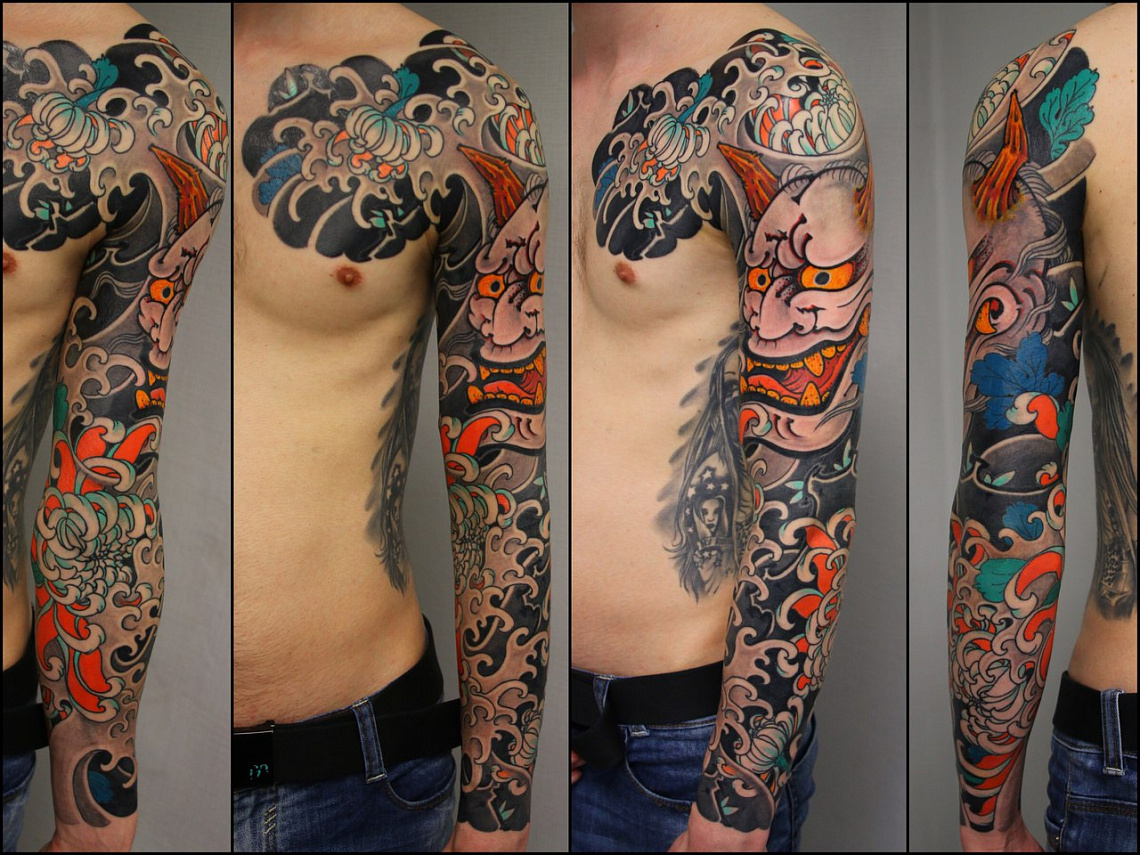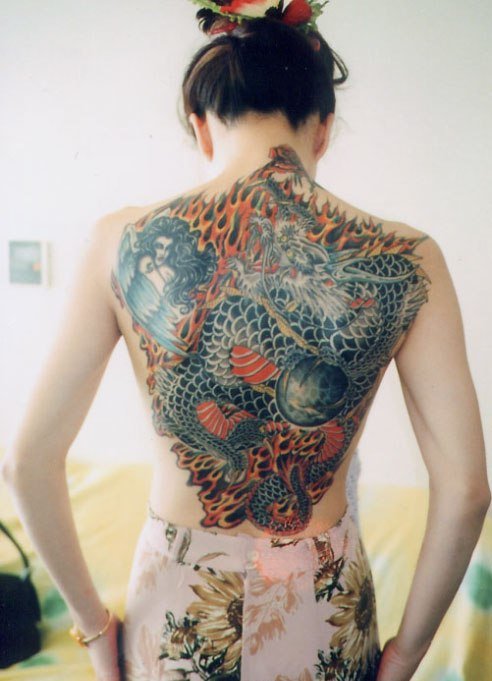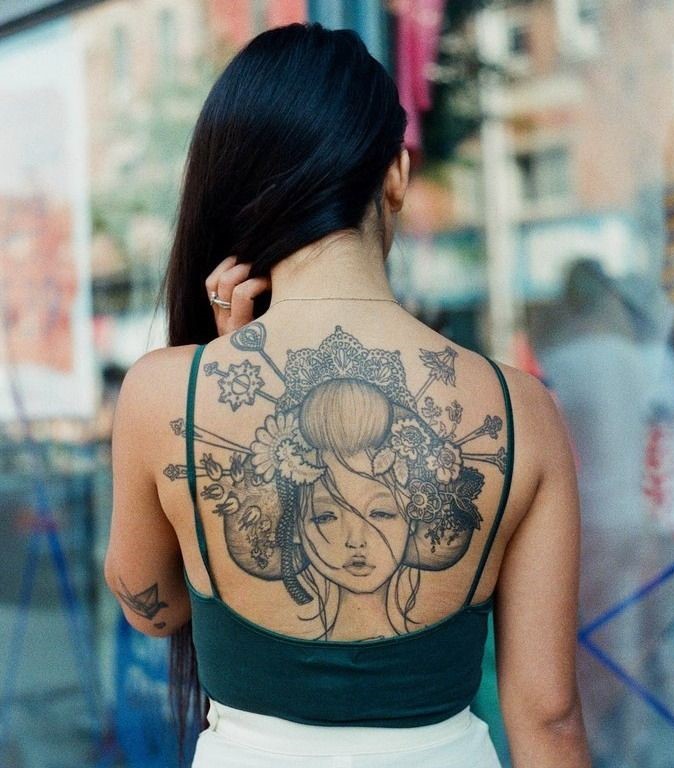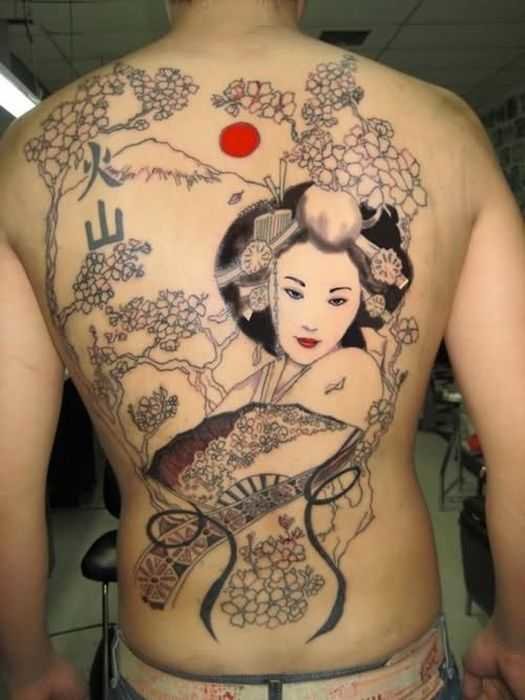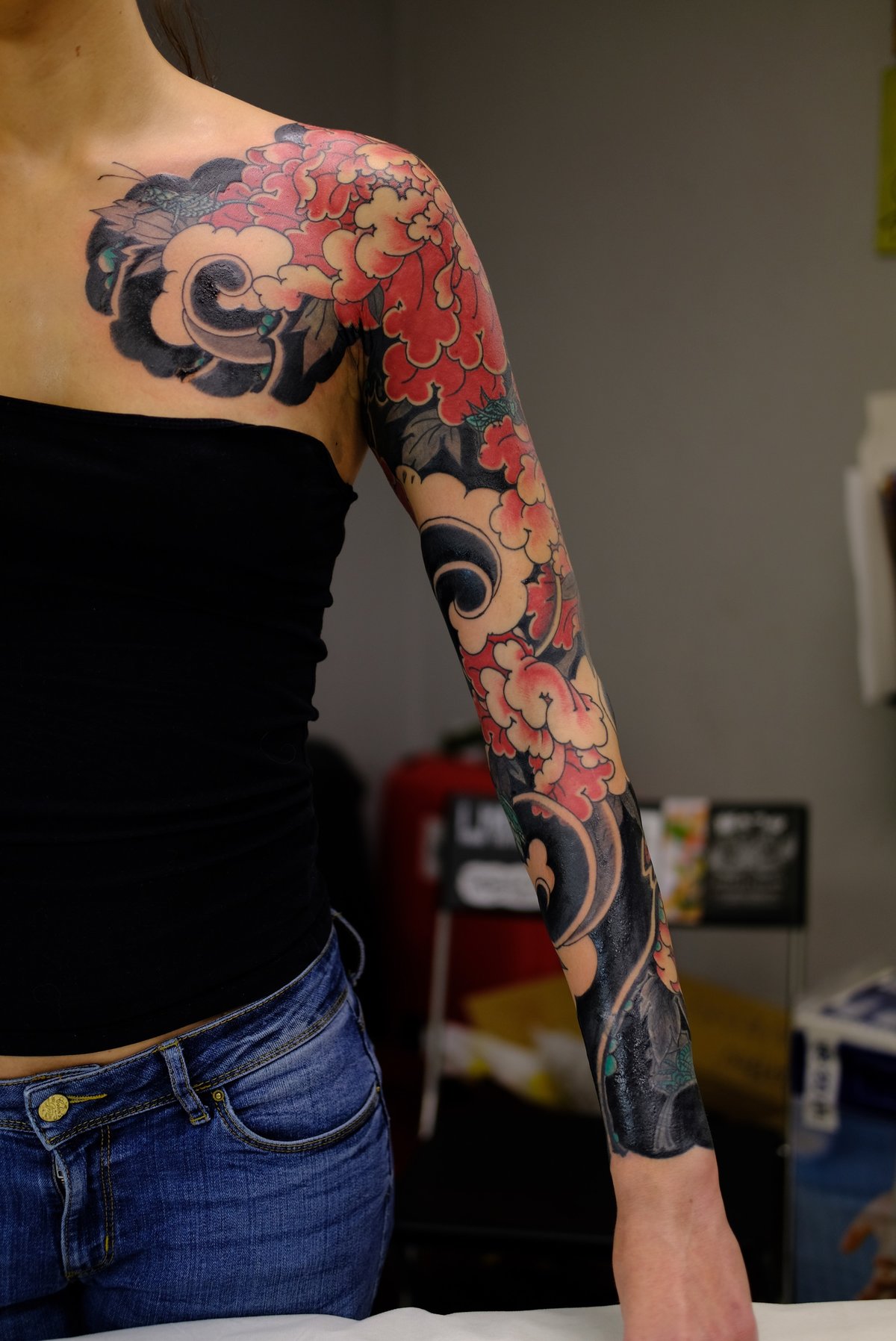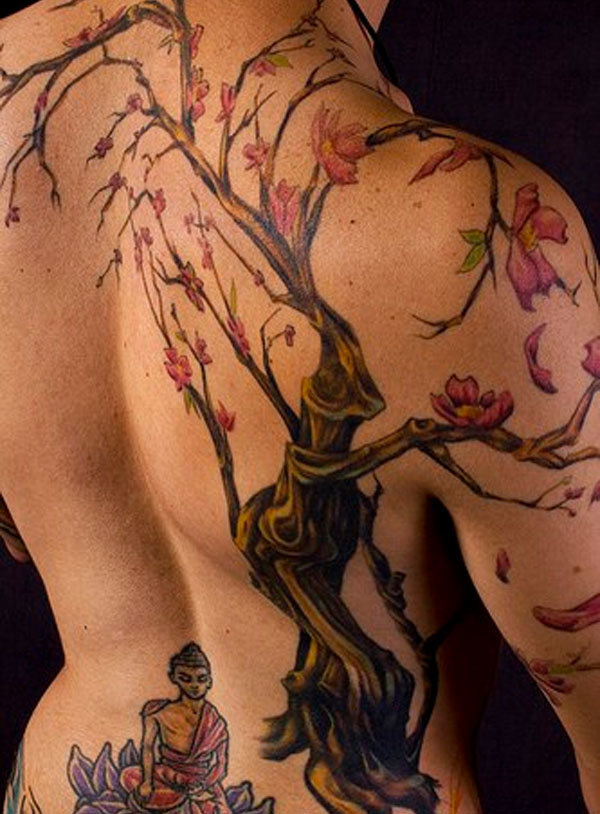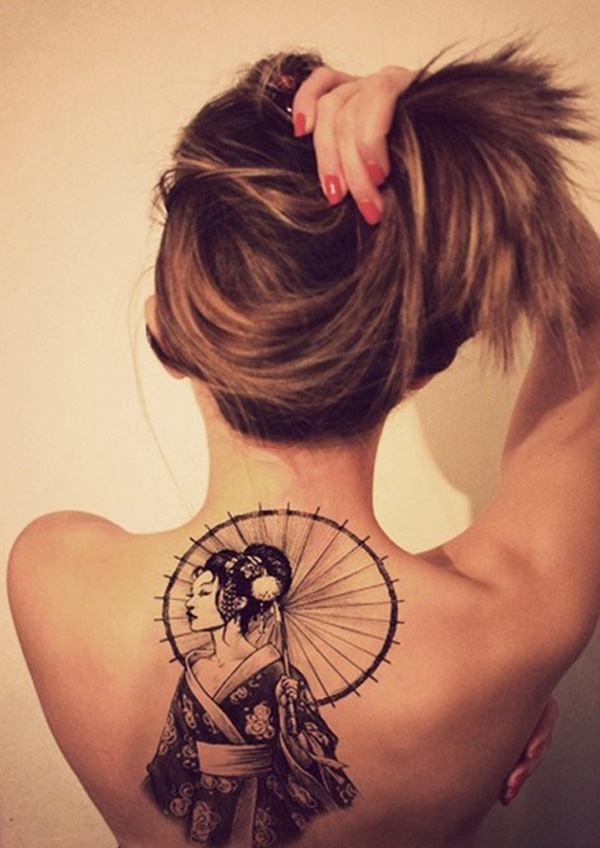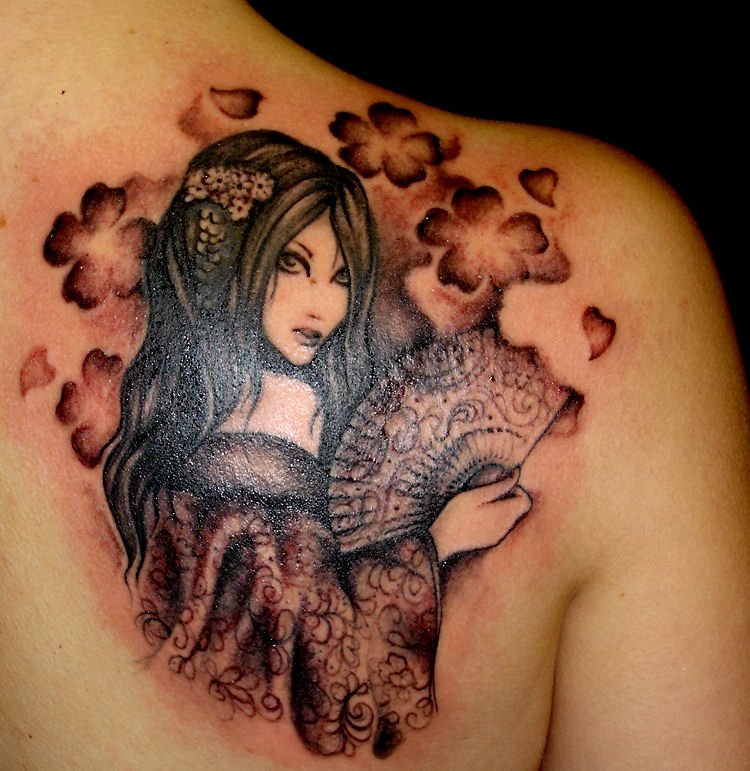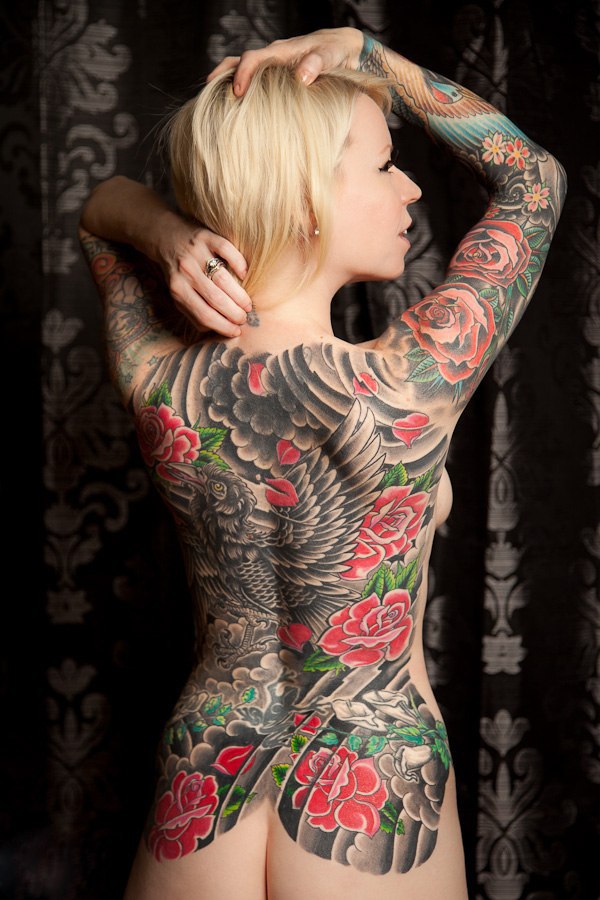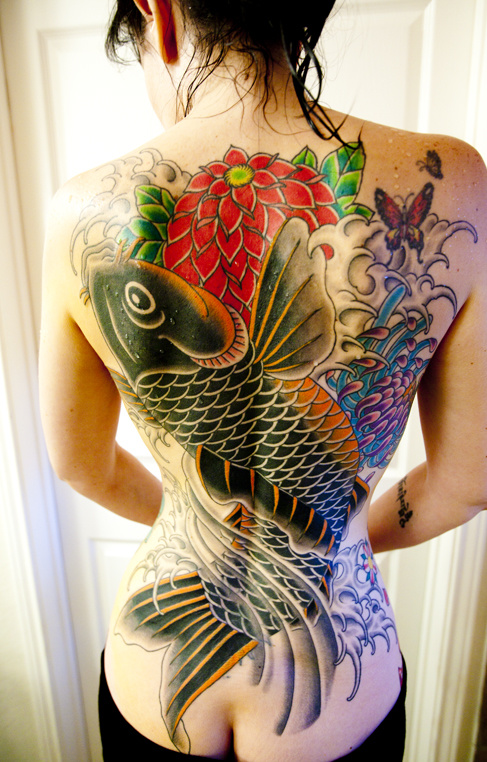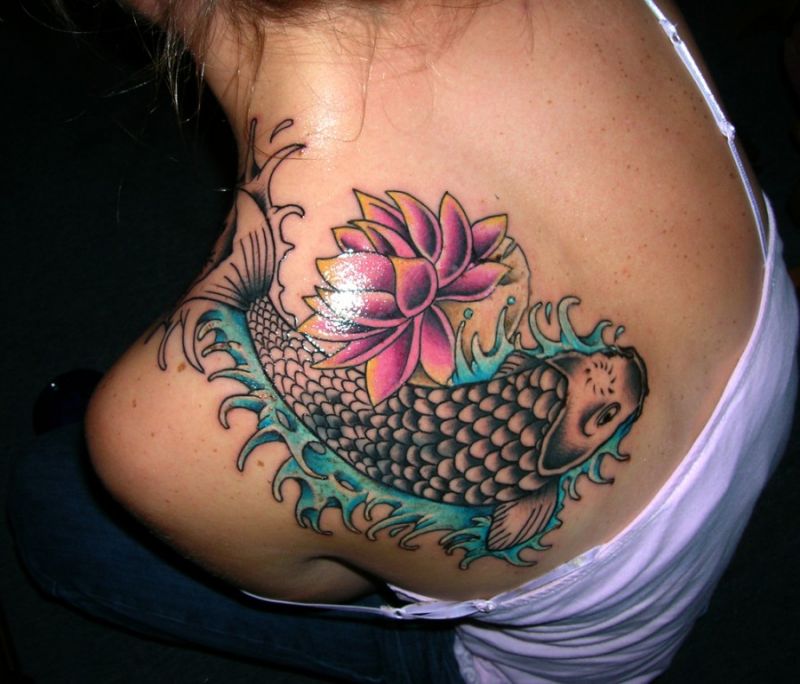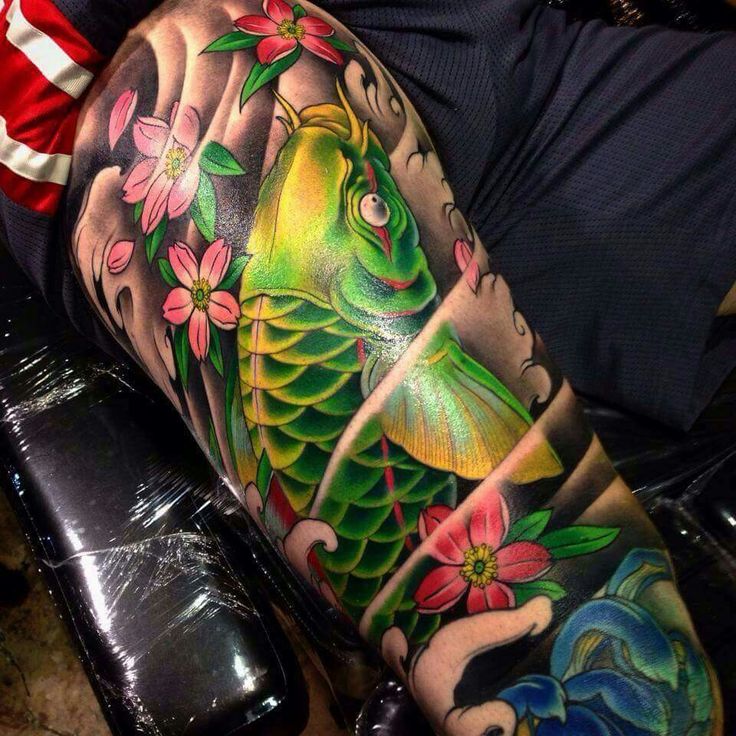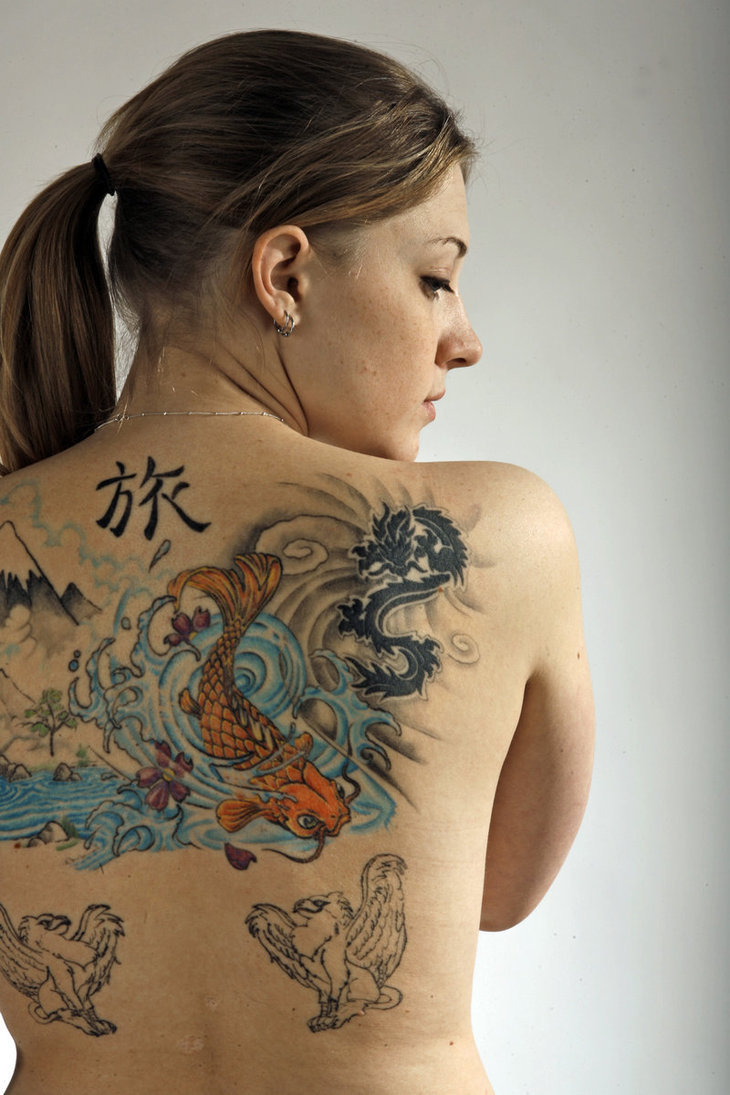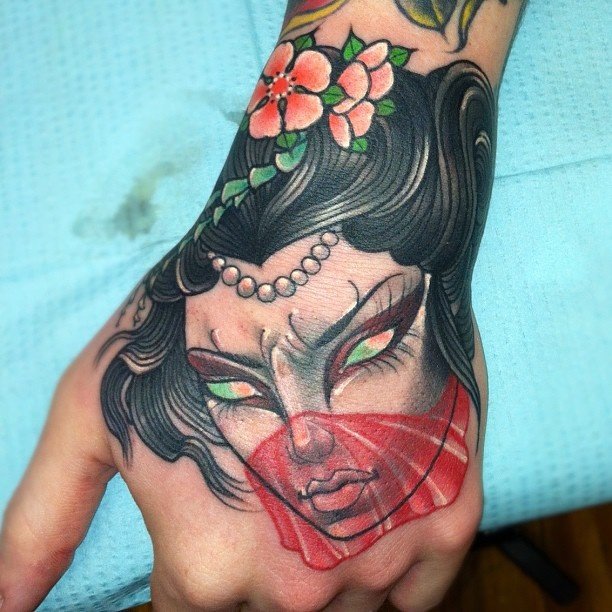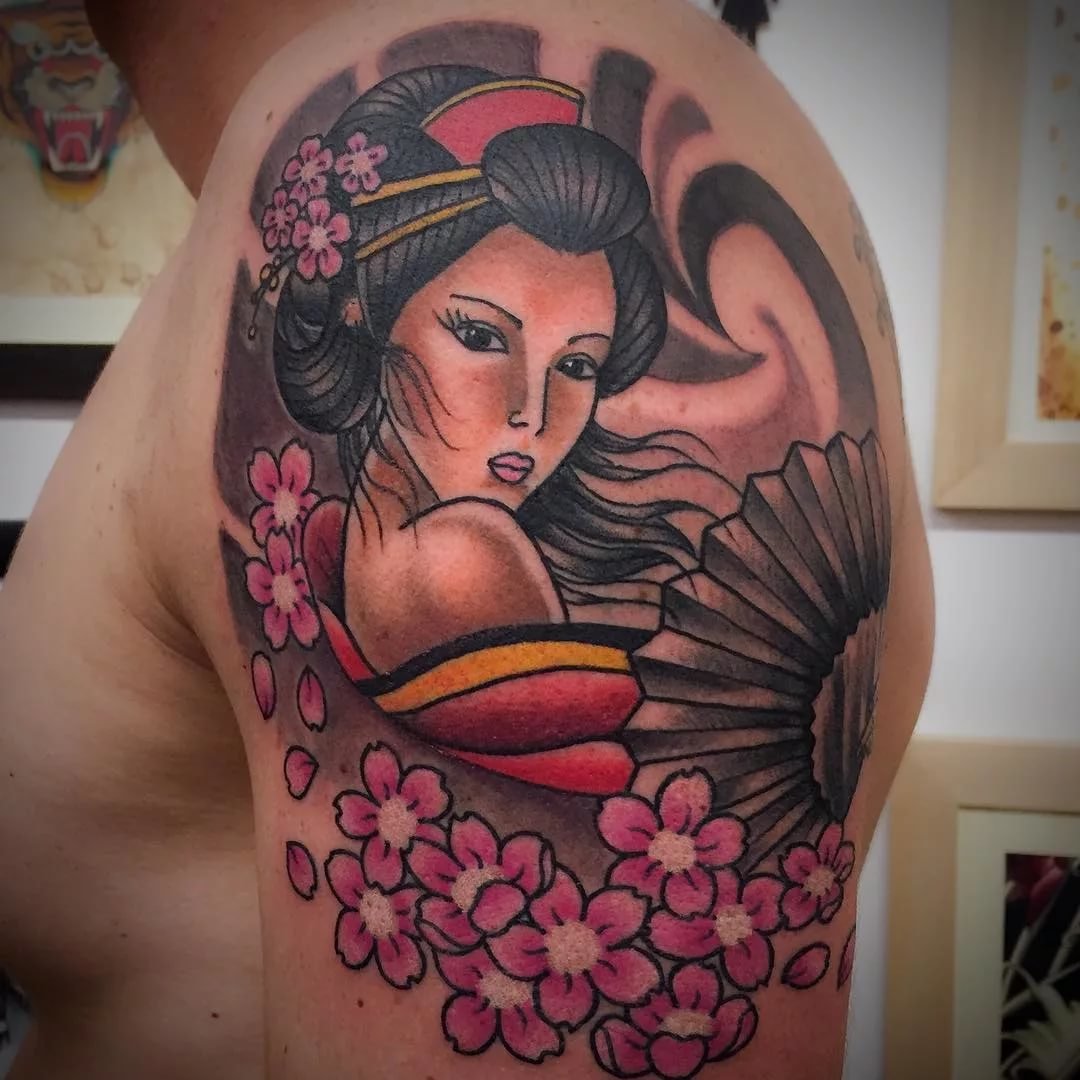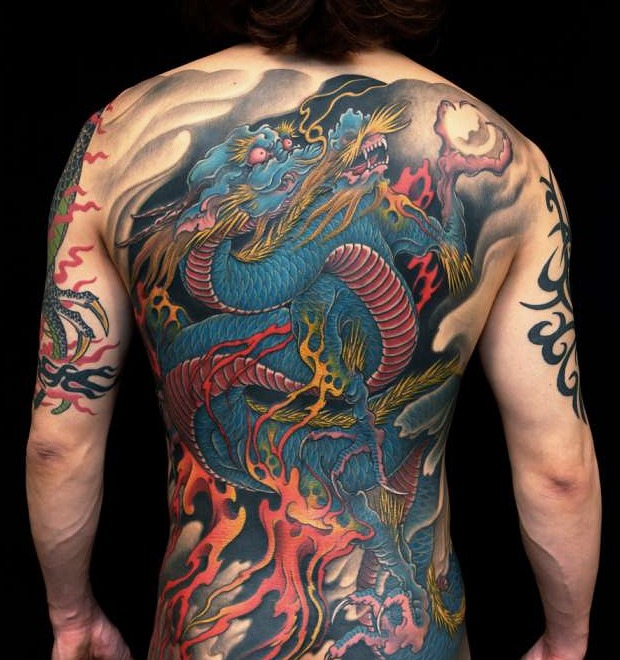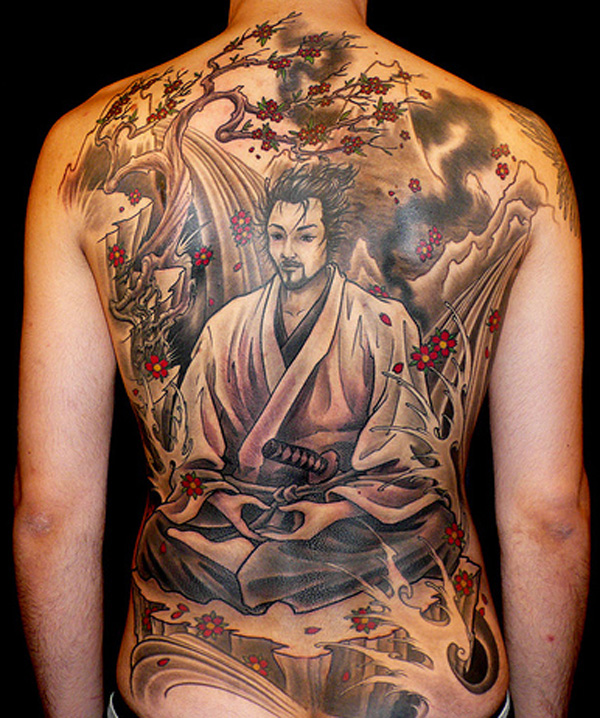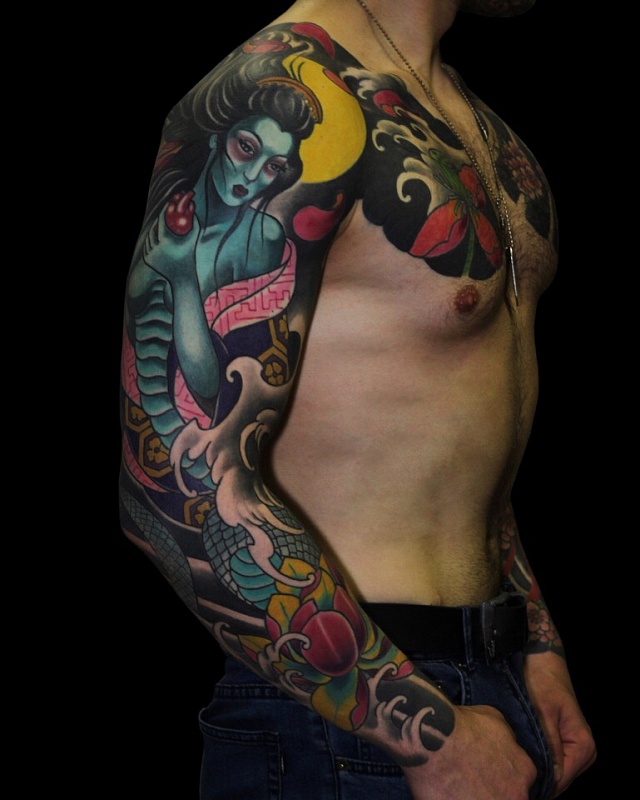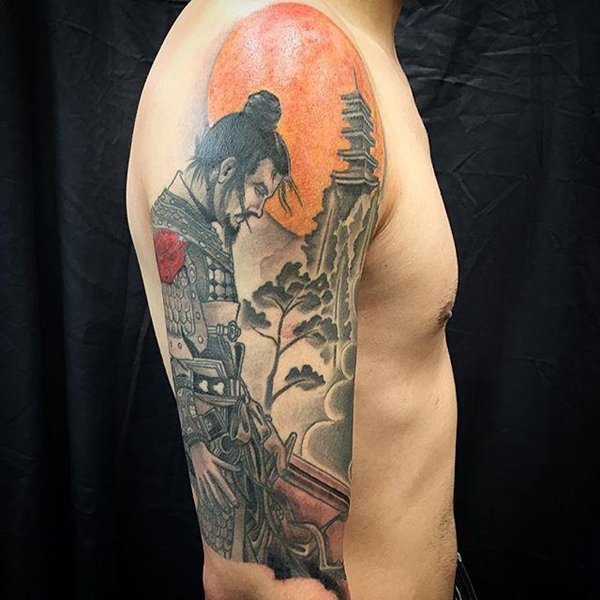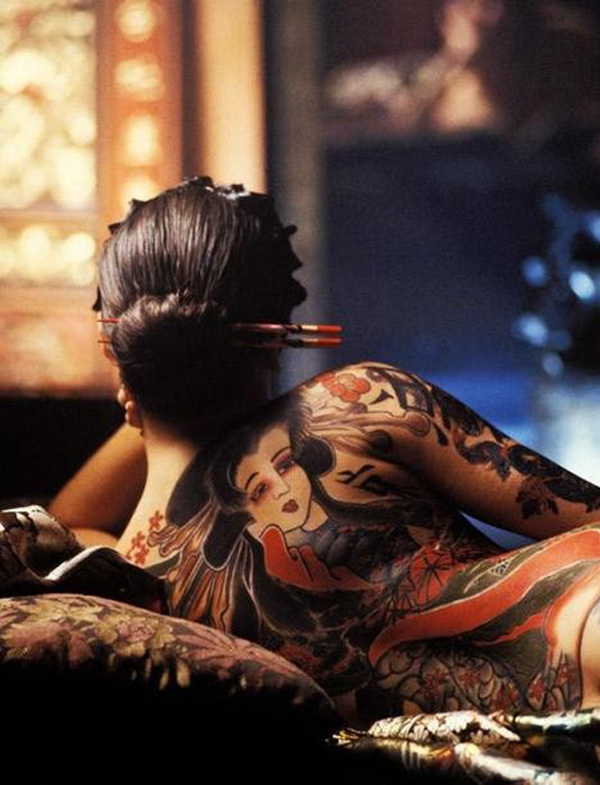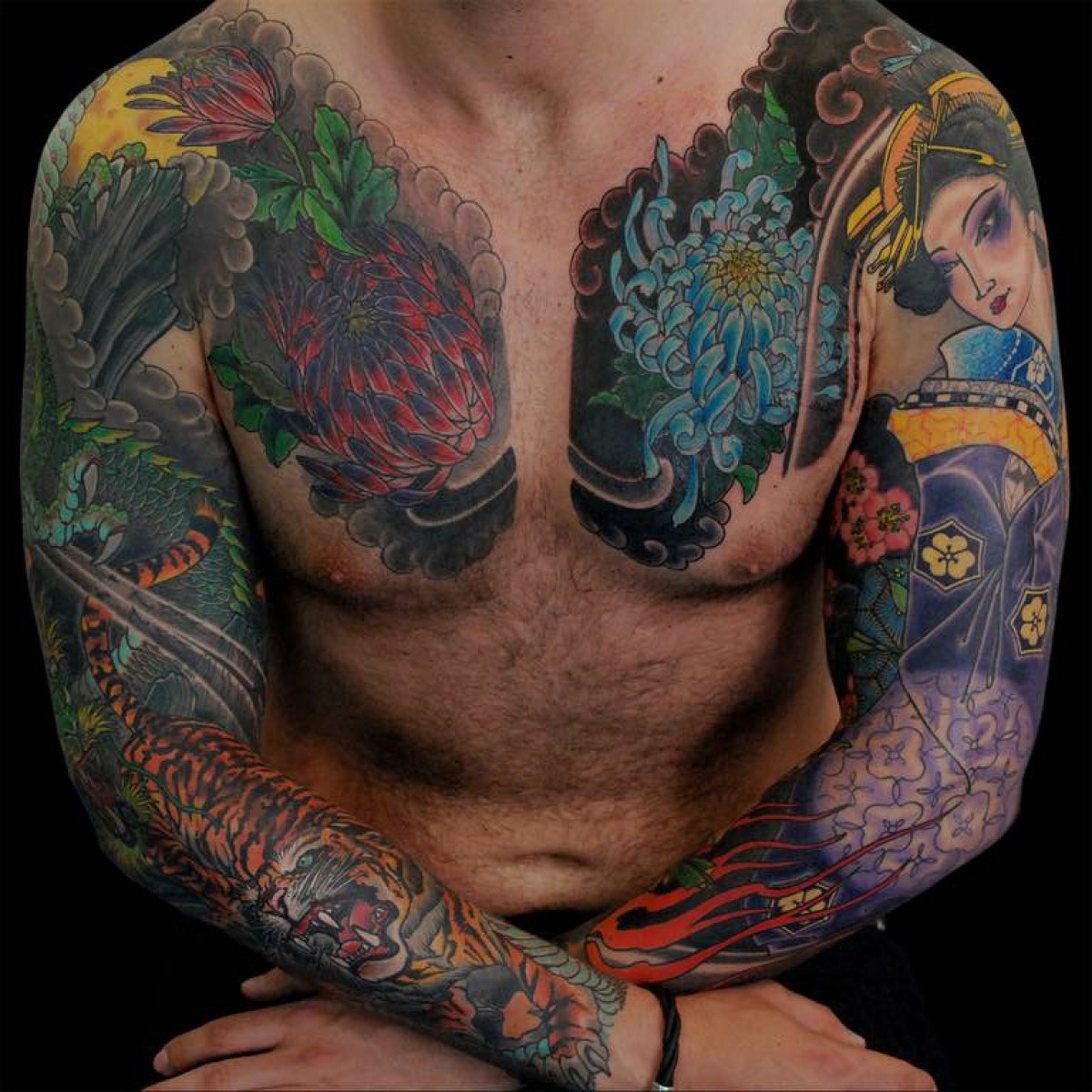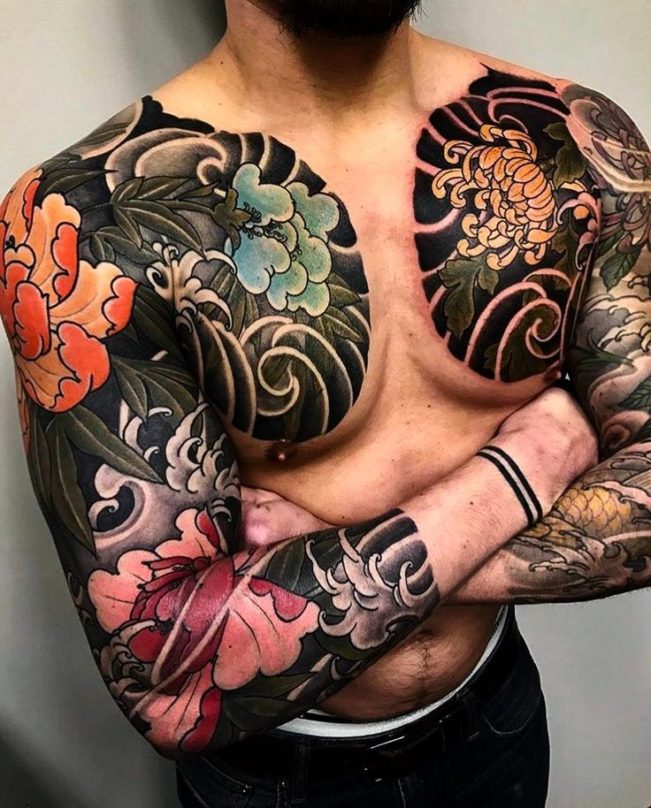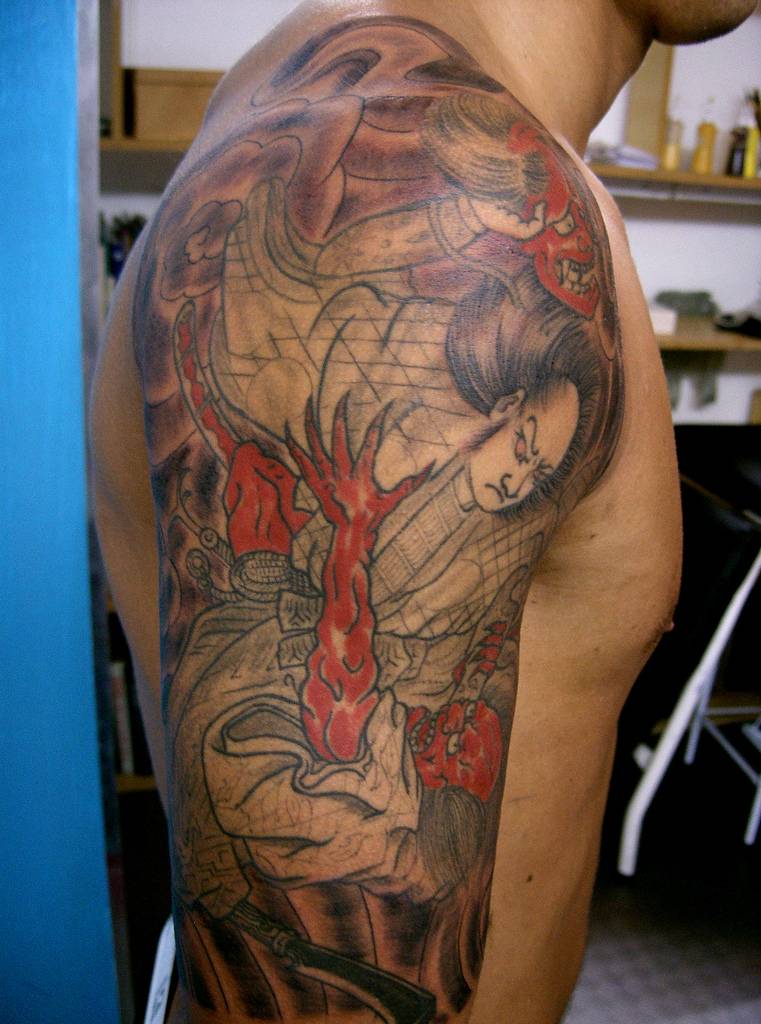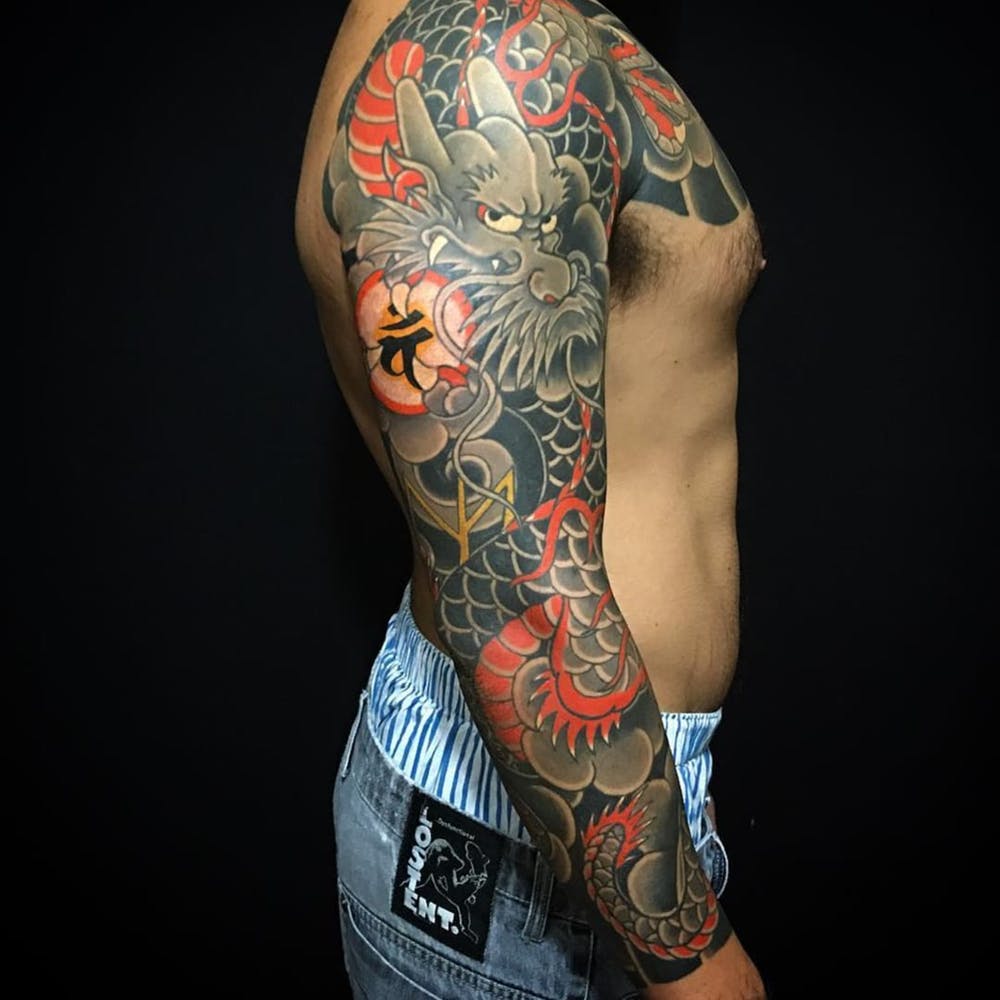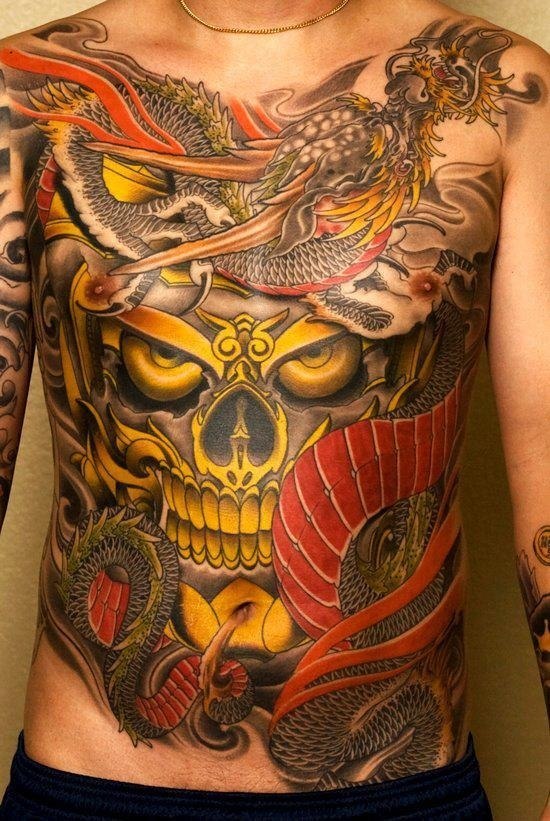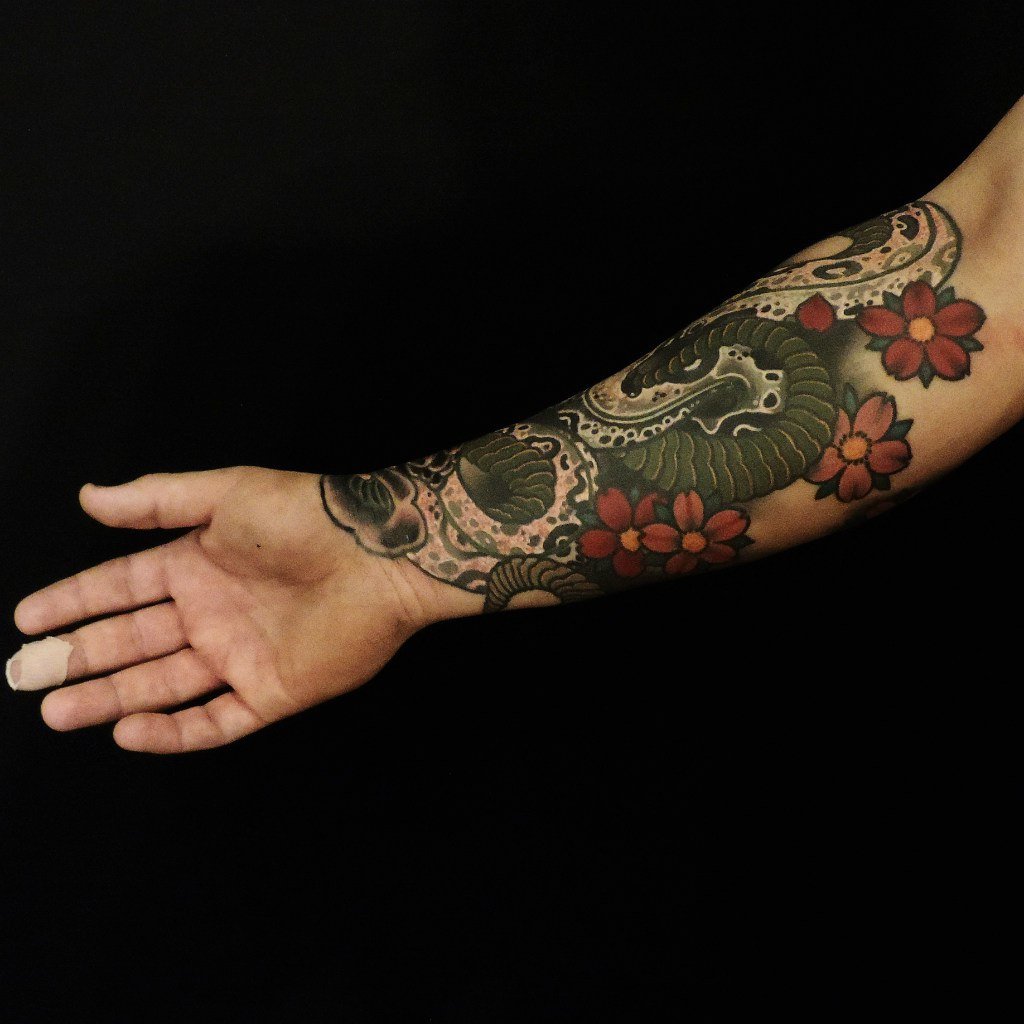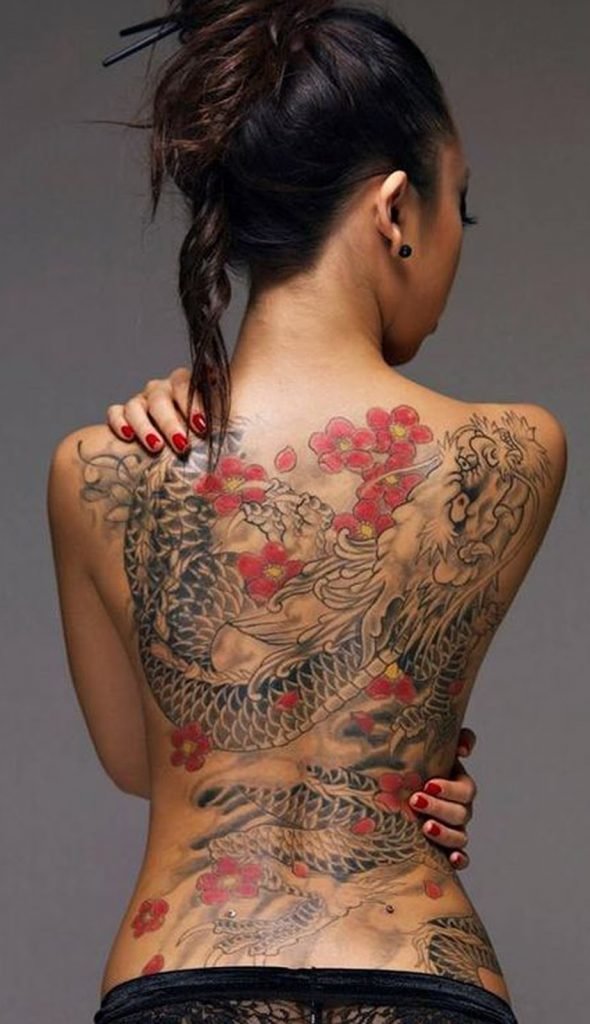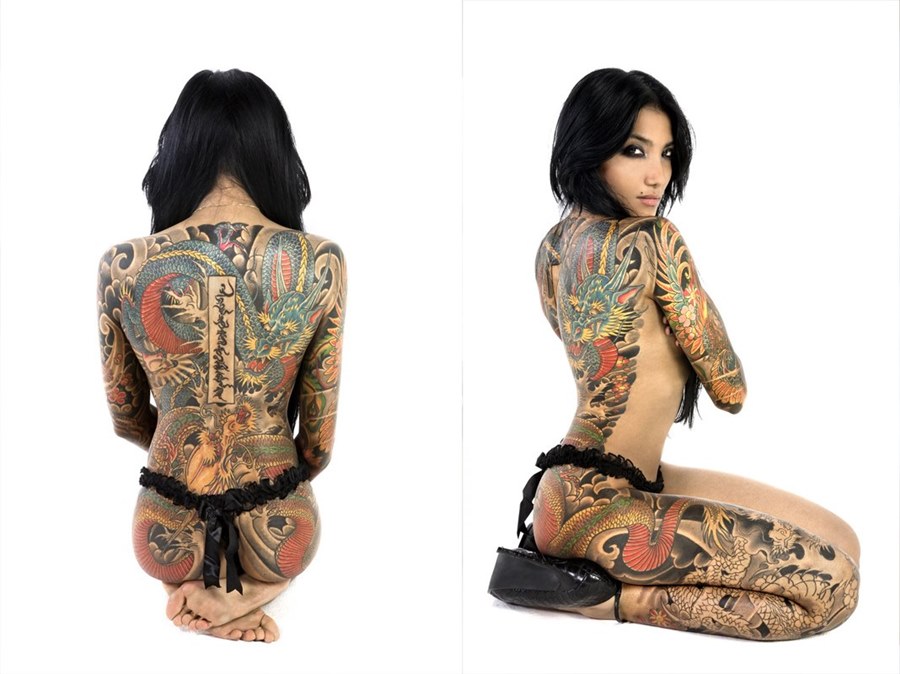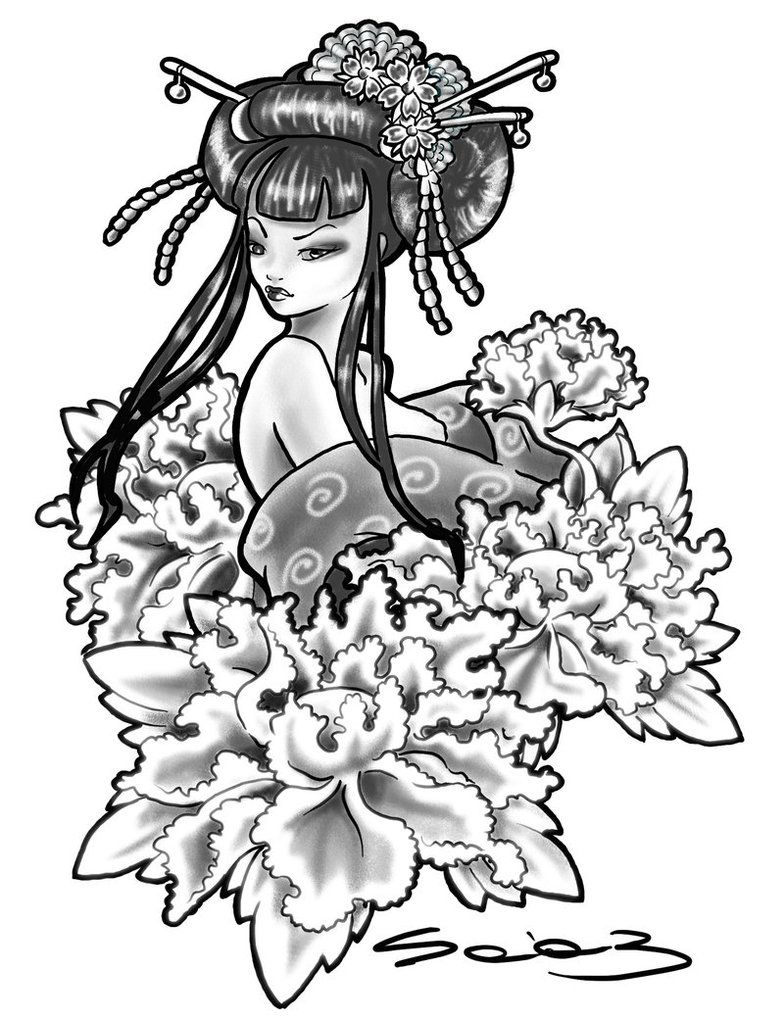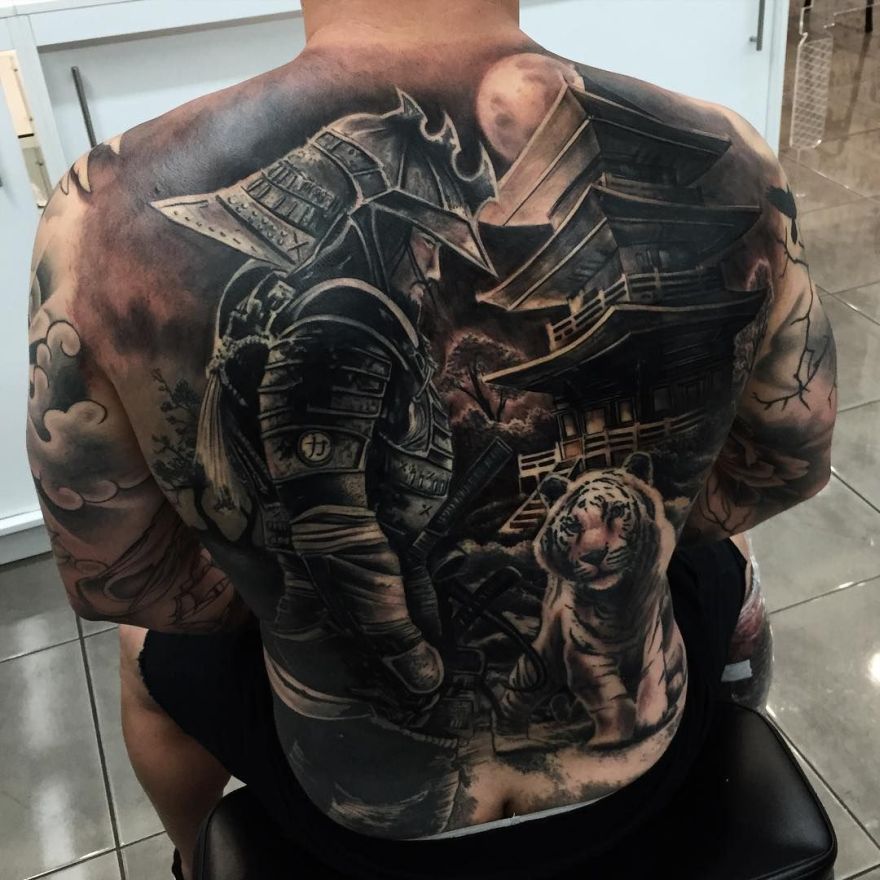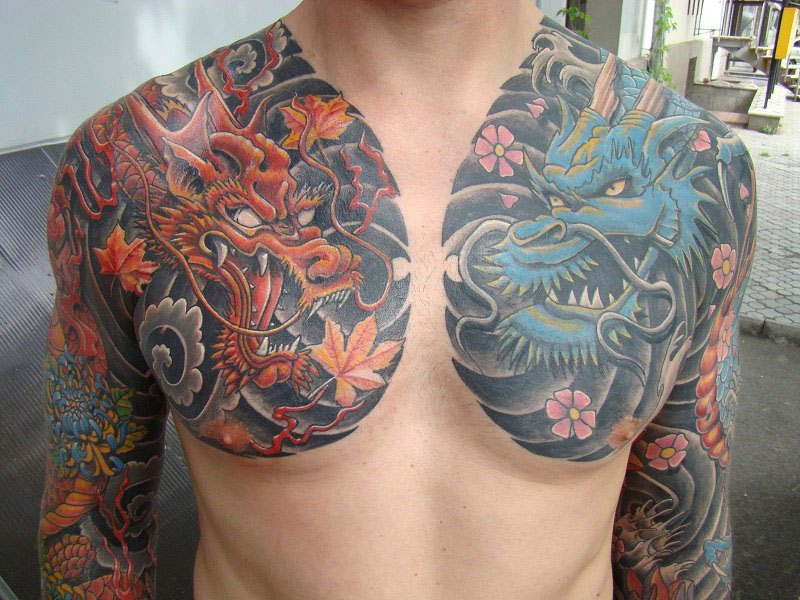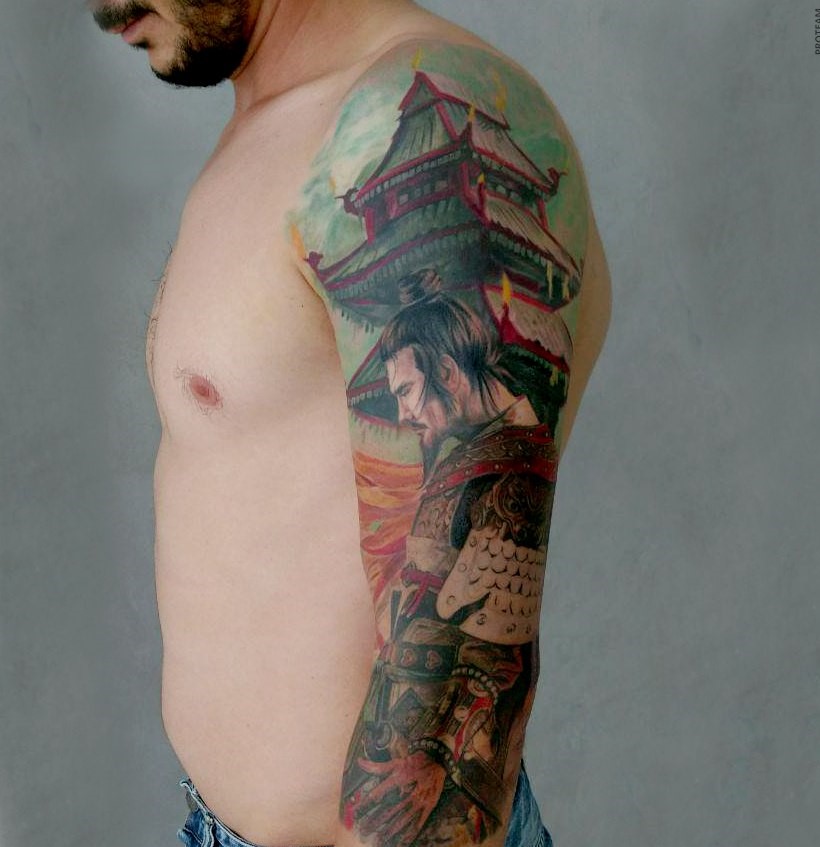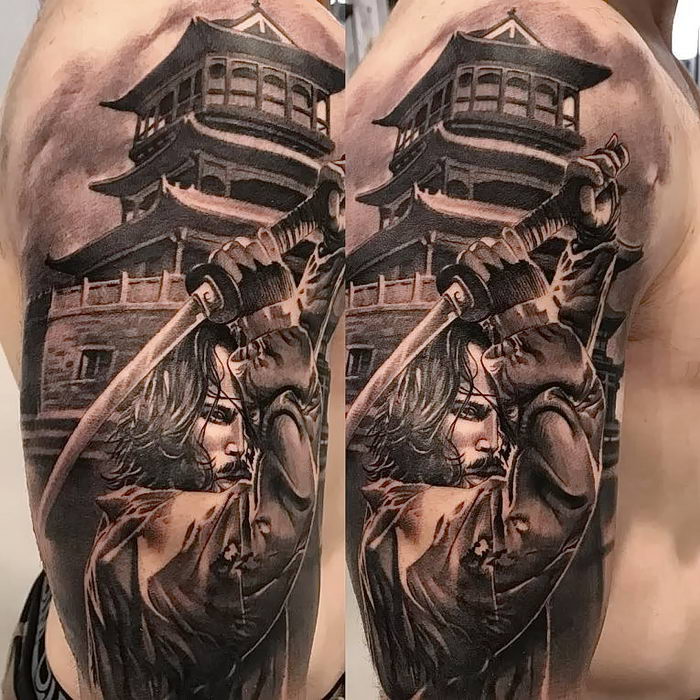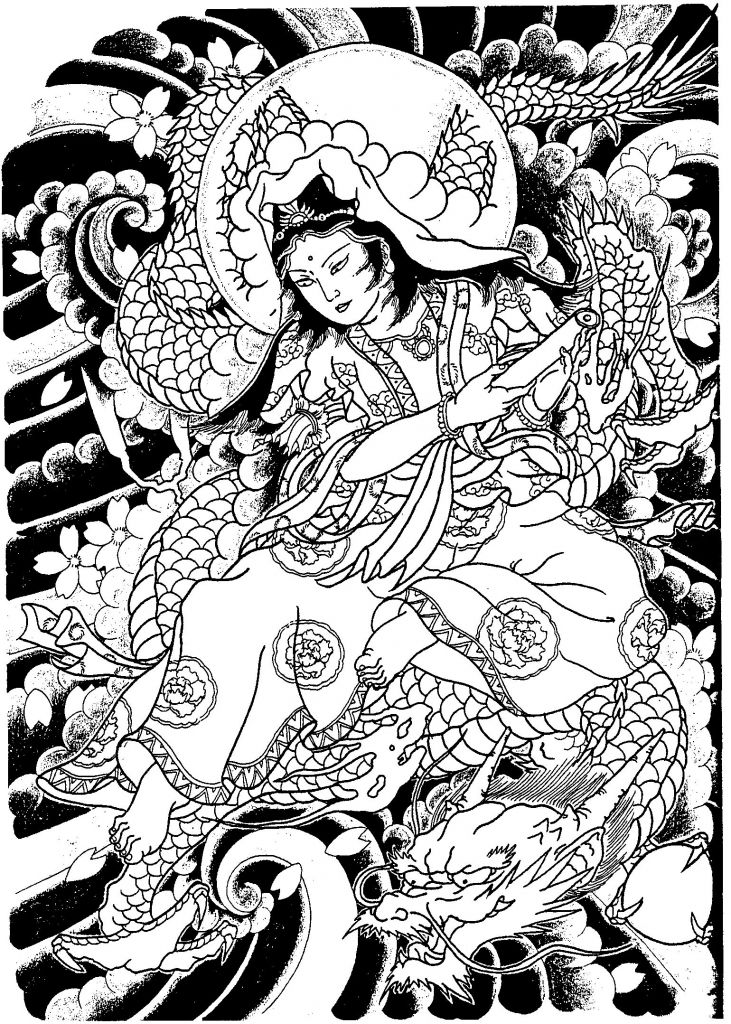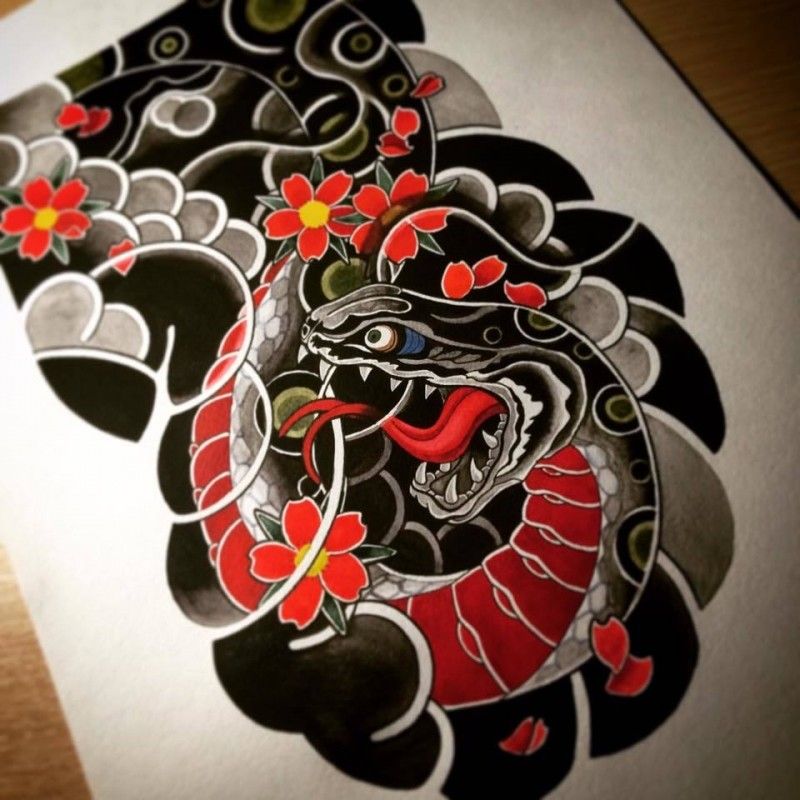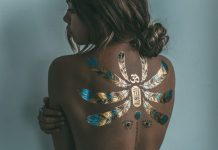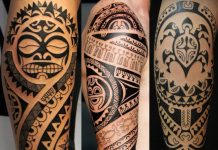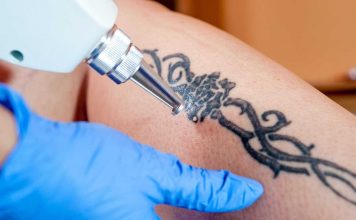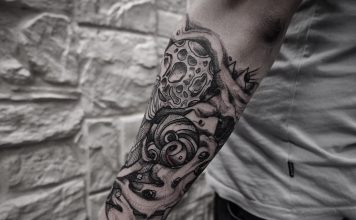Traditions and culture of Eastern countries always attract people with their mysteriousness and originality. Japan is one of the amazing countries, causing a lively interest among people all over the world. The fact is that there is a deep history full of legends and myths, as well as amazing nature with colorful landscapes. Japan is something special, so it creates a separate branch in all areas of creativity, in particular the art of tattooing. Japanese tattoos are attractive wearable images that include hundreds of sketches that both girls and men can choose.
The history of Japanese tattoos
It is worth noting that for the people of Japan, a tattoo is something special, almost a part of their deep and immense culture. As you know, even in ancient Chinese manuscripts of the beginning of our era, you can find information that the Japanese put certain images on their bodies, using them as amulets and amulets.As early as the third century AD, the people of Japan loved to paint their bodies and faces with amazing and mysterious drawings that served as a symbol of ritual protection for men engaged in hunting or fishing, and also a talisman for warriors. Subsequently, the Japanese used body painting in order to display their history, belonging to one of the classes, with the help of drawings.
Initially, tattoos were applied to the bodies of girls and men with prickles of plants, while all the tattoos could be divided into two types: the mark of a criminal or a drawing that defines social status. A hieroglyph was used as a stigma, which is literally called a “dog,” put on his forehead, so that everyone could see that this person was a social outcast. In the Middle Ages, Japanese tattoos began to be in demand among geishas, lovers and priests, after which the tattoos completely turned into everyday human life. Japanese tattoos for a long time served as a symbol, allowing to learn about a person everything, starting from the age, ending with the number of children and the type of activity.
It is interesting! The modern and popular tattoo "sleeve" came to us from Japan. For the first time they began to use the Japanese samurai, whose clothes had no sleeves. In this case, tattoos served as a symbol of strength and heroism, personified the fight against evil and the ability to go to the feat without fear of dying.
Features of Japanese tattoos
Distinctive features for Japanese body image:
- A large color palette and play shades.
- Leading tattoo motifs stand out in clear and vibrant colors.
- Clear lines and contours, figure outlines tattoos.
- Expressiveness and “living image of the picture” - tattoos are applied to the body so that when a person moves, they also move.
- Primary colors are red and black. It was with their help that the preparation of most images took place.
- The division of the figure into two categories: the main motive and geometry, leaving the background.
A Japanese tattoo on the body of a man or a girl is a symbol of Japanese culture, filled with a deep history and ancient traditions. It is worth noting that the variety of Japanese tattoos is so great that it is almost impossible to find an identical figure. Among the most recognizable scenes are dragons and samurai, as well as their battles, flowers and other plants.
Types of Japanese Tattoos
Before you choose a sketch of a future tattoo you need to determine the type of image and type of tattoo. It is worth remembering that all the pictures have a specific meaning and logical explanation, going deep into the story. Japanese tattoos are distinguished by their high artistic and beauty, therefore they conceal a large semantic load behind them. If a large sketch is used to create tattoos, then all parts of the body should be used, and all the voids formed should be filled with inscriptions, ornaments and other symbols that complement the mystical appearance of the huge composition.
Types of Japanese tattoos:
- Iredzumi - tattoos, which first appeared on the bodies of sections of the Yakuza clan. Typically, drawings occupy the entire body, ranging from the legs to the neck.
- Kukushi-boro - tattoos, which are placed on the inner side of the thigh or in the armpits. These drawings are considered personal, as only a close person can see them. To create an image, a special technology was used, thanks to which the drawing became white when its owner was excited.
- Haman - tattoos of privileged persons, today these are sketches that girls prefer more.
Japanese style tattoos for girls and their sketches
In Japan, tattoos are equally used by both men and girls. At the same time, girls show their humility, fragility, tenderness, femininity and beauty with the help of underwear drawings.Classical sketches of Japanese tattoos for girls are various floral motifs, for example, the lotus is a symbol of integrity, spiritual mystery and wealth, peonies are beauty and success in business. However, the true leader of Japanese tattoos for girls is Sakura - an ancient image that symbolizes life and a deep philosophical meaning, personifies feminine wisdom. Another tattoo for girls is a Japanese garden depicted on the back, which embodies the originality and charisma of its owner.
In addition to the floral theme of girls attracts the image of the dragon and other mythical creatures. The main difference between male and female tattoos is that the images for girls are more filigree, smooth and elegant. One interesting variant of tattoos is the pair image of the hieroglyph “inoti” - a symbol of eternal love and devotion. In general, Japanese tattoos are an endless source for ideas, allowing you to find the perfect solution for any girl who wants to demonstrate her beauty and originality.
Japanese men tattoo and their sketches
Among men, Japanese hieroglyphs are especially popular, the meaning of which can only be known to the owner of tattoos. In this case, special attention should be paid to the translation, so that it corresponds to reality. Another popular Japanese tattoo is the dragon image. The dragon is the personification of loyalty, nobility and tremendous power. The next sketch that is in demand among men is the image of a tiger. Tiger - power, strength and courage.
Particularly relevant for the Japanese nautical theme, so all the sketches associated with the sea can be implemented in the Japanese style. The ideal solution - the image of a carp, symbolizing durability and masculinity. The only tattoo that has a negative value is the image of a snake, experts recommend to refuse it.


